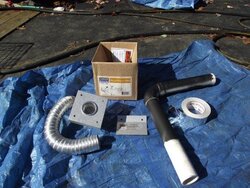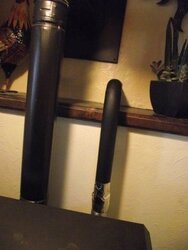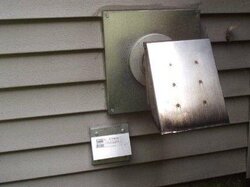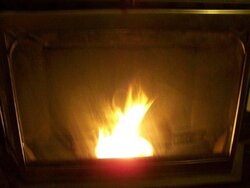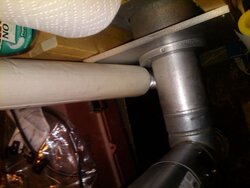Well, it was a trying event, but with all the help from this forum, my OAK is safely installed and has improved the burn in my pellet stove. When I fist had this stove installed 2 yrs. Ago, the installer didn’t want to put in OAK despite my request to do so. Reading many postings on this subject, it finally dawned on me that not having OAK was like running a vacuum cleaner with the exhaust going outside. My home is tightly insulated. I tried to get an OAK kit, but none had a run long enough to get up over my cement half wall. I bought a kit and attached and added PVC to complete the connection to the outside. I posted what I had done, but received comments that my use of PVC was against code. Why take unnecessary risk? I followed another suggestion to get a piece of exhaust pipe fashioned to what I would need. I took the PVC to an exhaust shop and had them duplicate what I had. It is in and running. My fire is bigger, brighter, running on lower settings and I am getting less soot on the glass. Cost, about 60 bucks. I am going to try to include pictures, one shows the PVC and later one with the exhaust pipe. I used metal tape on the joint. If I were to do it again, I would start with the 2 in. then go to 3 in. You may not find a transition piece, but you can crimp the pipe down and tape it. 3 in pipe is available most anywhere. Longer lengths of 2 in pipe are hard to find and should only be used in short runs.
Thank you for the suggestions.
Thank you for the suggestions.


